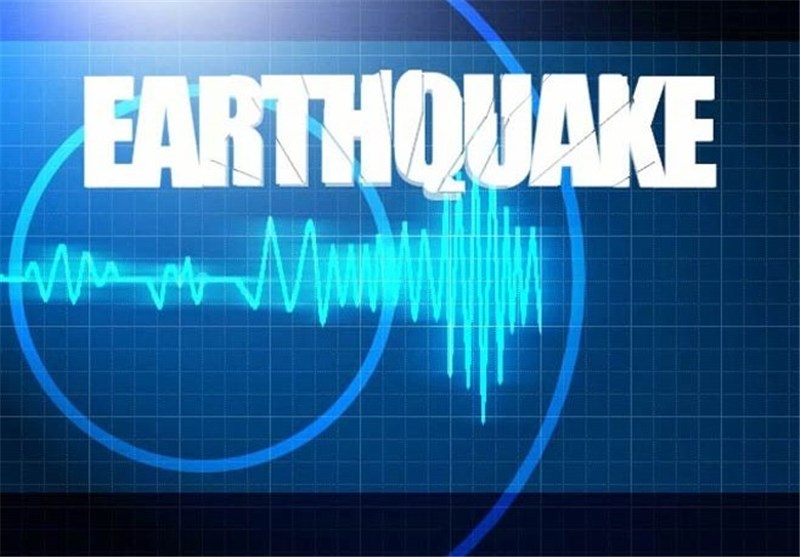 Image Source: Youtube
Image Source: Youtube
In the early hours of August 3, 2025, a moderate earthquake measuring 5.58 on the Richter scale struck the Western Indian-Antarctic Ridge, a tectonically active region deep beneath the southern Indian Ocean. The tremor was recorded by the German Research Centre for Geosciences (GFZ), which monitors global seismic activity. While the quake occurred far from populated areas, it has drawn attention from geologists and oceanographers due to its location along a critical mid-ocean ridge system.
Key Highlights from the GFZ Report
Magnitude: 5.58 on the Richter scale
Location: Western Indian-Antarctic Ridge, deep in the southern Indian Ocean
Depth: Estimated at 10 kilometers below the ocean floor
Time of occurrence: Early morning UTC, August 3, 2025
No tsunami warning issued; no immediate threat to coastal populations
Understanding the Western Indian-Antarctic Ridge
Geological Significance
The ridge is part of the global mid-ocean ridge system, where tectonic plates diverge and new oceanic crust is formed.
It separates the Indian Plate from the Antarctic Plate, making it a hotspot for seismic and volcanic activity.
Seismic Activity
Earthquakes in this region are typically caused by plate movements and magma flow beneath the ocean floor.
Most quakes here are moderate in magnitude and rarely felt on land due to their remote location.
Scientific Interest
Events like this help researchers study plate dynamics, seafloor spreading, and the structure of the Earth’s crust.
The data contributes to global seismic models and helps refine earthquake prediction algorithms.
Impact Assessment
Human Impact
No human settlements or infrastructure exist near the epicenter.
No injuries, fatalities, or property damage have been reported.
Environmental Impact
Deep-sea ecosystems may experience temporary disturbances, though no long-term effects are expected.
Marine navigation and submarine cable operators have been alerted, but no disruptions have been reported.
Tsunami Risk
Given the moderate magnitude and depth, the quake did not trigger any tsunami alerts.
The Indian National Centre for Ocean Information Services (INCOIS) confirmed no unusual wave activity in the region.
Broader Context and Recent Activity
The Indian Ocean region has seen increased seismic activity in recent months, including minor tremors near the Andaman-Nicobar Islands and southern Sri Lanka.
The Western Indian-Antarctic Ridge is less active than the Pacific Ring of Fire but remains a key area for tectonic research.
GFZ and other global agencies continue to monitor the region for aftershocks or related seismic events.
What This Means for India and the Region
Preparedness and Monitoring
While this quake poses no immediate threat, it underscores the importance of robust oceanic monitoring systems.
India’s seismic and tsunami warning infrastructure remains on high alert for any anomalies.
Scientific Collaboration
Events like this promote international cooperation in geoscience, with data shared across agencies like GFZ, USGS, and INCOIS.
Indian research vessels may be deployed for underwater surveys if needed.
Public Awareness
Though distant, such quakes remind coastal populations of the importance of disaster preparedness and early warning systems.
Conclusion
The magnitude 5.58 earthquake along the Western Indian-Antarctic Ridge serves as a quiet but important reminder of Earth’s dynamic nature. While it caused no damage or disruption, its occurrence adds valuable data to the global understanding of tectonic processes. As monitoring continues, scientists remain vigilant, ensuring that even the most remote tremors contribute to a safer and more informed world.
Source: GFZ Potsdam via MSN News – August 3, 2025
Advertisement
Advertisement



